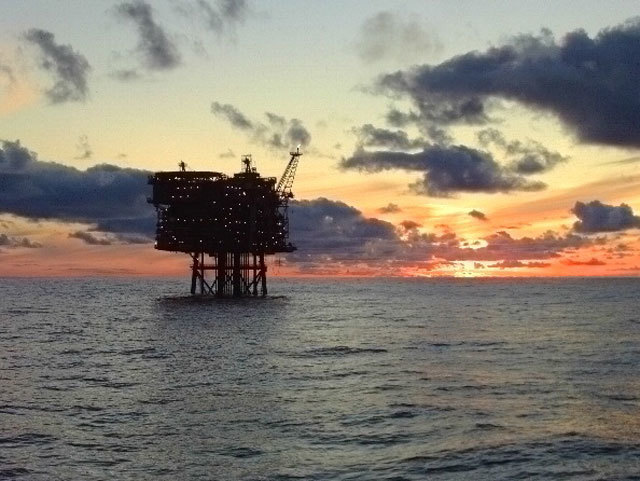
The growing demand of energy with the increasing investments in offshore exploration and production activities is expected to drive the global subsea pumps market, according to new research.
This suggests that the market may reach $2billion by 2018 with a combined annual growth rate of around 16% from 2013 to 2018.
The latest exploration and highly advanced technology required in Latin America and European regions is expected to experience the highest revenue growth during the next few years.
According to Research & Markets, the lucrative and high-investment areas such as Latin America, Europe, and US are the key driving factors for the current and anticipated exponential growth of the subsea pumping systems market.
The major restraining issues for the subsea pumps market include the reliability of subsea units, subsea processing system failures, and the increasing costs of intervention vessels.
The number of existing and proposed subsea pumps projects has increased over the last few years.
Oil price volatility
A majority of these units were awarded prior to the recent decline in offshore activities caused by the global economic downturn, pressures on the supply chain, and oil price volatility.
Therefore, as a result of the timing of the contracts, several projects have gone ahead despite these conditions, says R&M.
Latin America dominates the current global subsea pumps market due to the sheer number of projects being pushed through by Brazil’s semi-state owned operator Petrobras.
Top players in the subsea pumping systems market include Aker Solutions (Norway), Flow Serve (US), OneSubsea (US), FMC Technologies Inc. (US), Baker Hughes (US), and GE Oil and Gas (US).
Between them they account for the lion’s share of the subsea pumps market globally.
Innovative new pumping system technologies are some of the crucial strategies that are helping such companies maximise their revenues.
The major types considered for the study are centrifugal, helico-axial, ESP, hybrid, and twin-screw.
Similarly, applications of subsea pumps considered for the study are subsea boosting, subsea separation, subsea compression, and subsea injection.
